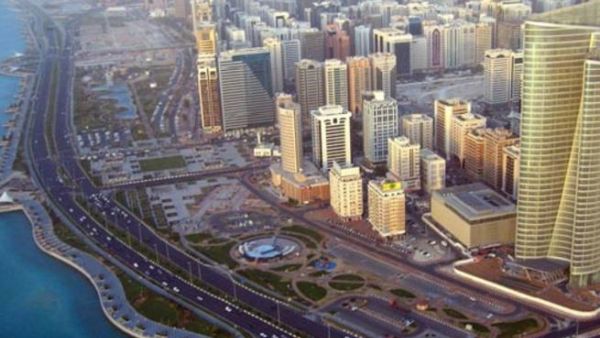The question of whether mortgage rates will surge in 2014, and consequently how healthy the US housing market will be, hangs largely on the actions of US Federal Reserve. A winding down that happens too fast could alarm investors and cause mortgage rates to surge, but moving too slow could cause the housing market to overheat.
In 2013 UK property market saw a revival driven in part by signs of the return of first-time buyers. UK mortgage approvals and house-price growth increased to the most since 2007, as the property market continued to accelerate at the beginning of this year.
Sales of private homes by developers in Singapore fell 72.1 per cent in January 2014 compared to a year earlier. A series of measures to cool the property market have dented activity in the housing market in Singapore, with property prices falling 0.9 per cent in the fourth quarter of 2013.
In Hong Kong the number of property transactions dropped 30 per cent year on year in January 2014.
In China, sales have showed a sharp decline in January 2014, compared to December, 2013.
Abu Dhabi property prices surged as much as 37 per cent in some districts in 2013 amid a shortage of mid-sized family homes. The biggest increase in property prices in Abu Dhabi in 2013 was for three-bedroom apartments and villas. At Abu Dhabi the apartment sales prices surged by more than 22 per cent on year-on-year basis and the villa sales prices had surged by 18 per cent in January 2014 respectively. The residential property prices in Dubai witnessed solid growth, especially the housing market in January 2014, which surged by more than 26 per cent. Momentum remains in the industrial property market with steady rates and growth throughout the UAE. Industrial market rents in both Abu Dhabi and Dubai grown steadily throughout the second half of 2013. Growing demand from end-users is felt in UAE market.
Mortgage Law, liquidity shift from the real estate sector to stocks, and completion of housing projects earlier announced by the ministry of housing in different parts of the kingdom are the key factors which can impact Saudi property market in 2014. The price fall will be clearly felt in major cities and smaller towns where finished housing projects, initiated by the ministry of housing, will be distributed to citizens and hence lead to price decrease in lands and housing units.
In Oman the volume of real estate transactions in 2013 arose by 34 per cent when compared to 2012. Residential demand is also being driven by workers in the construction sector, as the government invests in upgrading Muscat International Airport and transport infrastructure projects.
In Kuwait annually the sales in the residential sector continued to rise in 2013, up six per cent from 2012 to KD1.8 billion. In commercial sector total sales in 2013 reached KD440 million, up 75 per cent when compared to 2012. The sales in the investment sector registered a 24 per cent increase in 2013 from 2012, to KD1.4 billion.
In 2013 real estate lending in Qatar had contracted, the foreign currency lending to total lending to property sector in Qatar’s real estate sector had fallen from 37 per cent in 2012 to 23 per cent in 2013. In January 2014 the value of real estate transactions in Qatar jumped 71.4 per cent to QR4.8 billion in January 2014 when compared to QR2.8 billion for the same period last year.
The GCC property market is witnessing positive indicators mainly in the UAE, Oman, Qatar and Kuwait although there may be some corrections in Saudi Arabia. We need to see whether this is the beginning of property market revival in GCC.
The author is the group chief executive officer at Doha Bank. Views expressed are his own and do not reflect the newspaper’s policy.








